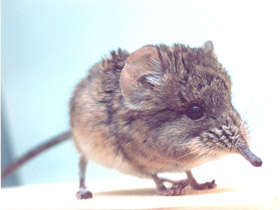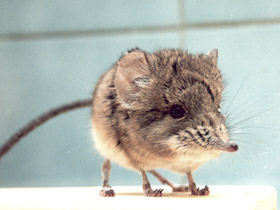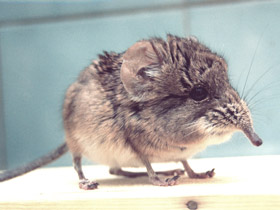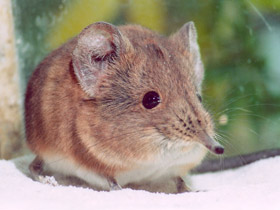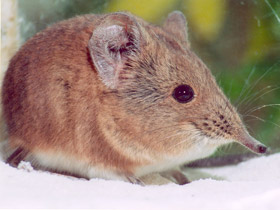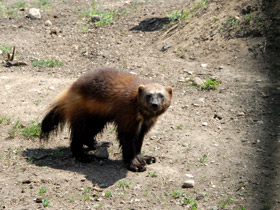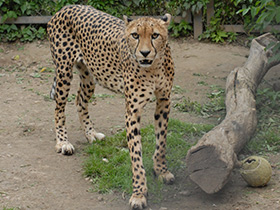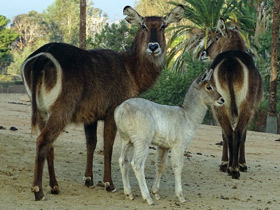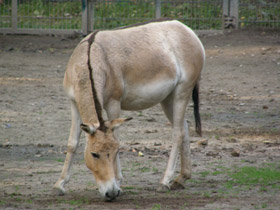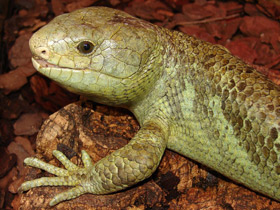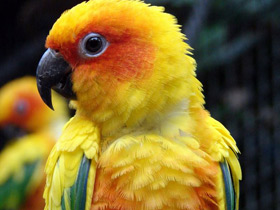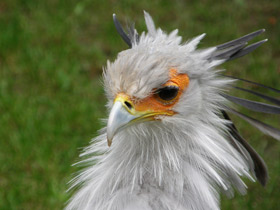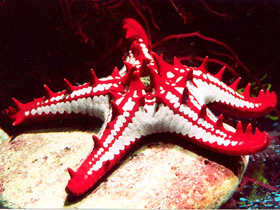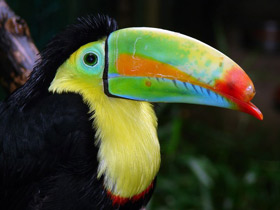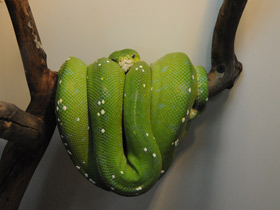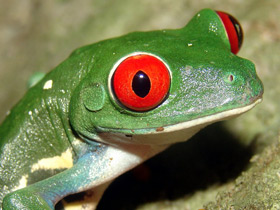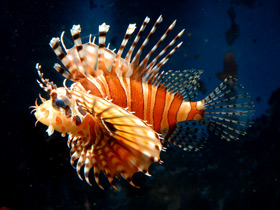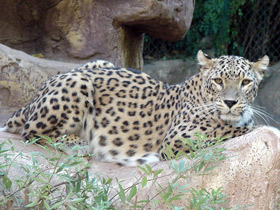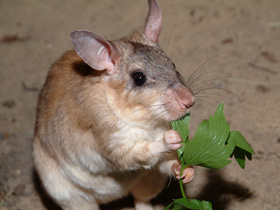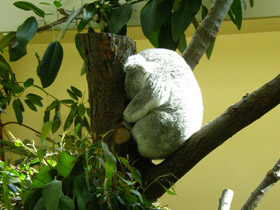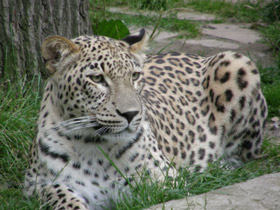The short-eared elephant shrew (or round-eared sengi) Macroscelides proboscideus
The short-eared elephant shrew is the smallest of the 17 living species of the elephant shrew. This tiny creature is 10 cm long, with weight ranging between 30 and 50 grams. It has relatively large head with elongated snout, rounded ears, and long tail (97-137 mm). Hind legs of the short-eared shrew are much longer than the front limbs. These mammals typically eat insects, preferring ants and termites, and other small invertebrates, as well as plant parts such as roots, shoots, and berries. They are usually solitary except for mating season. Sometimes a male and a female share home range but they will still stay solitary. Breeding occurs is in the warm, wet months. The courtship is short, lasting for around one day. After a gestation of 56-60 days, an elephant shrew gives birth to a litter of one or two. A female may have up to three pregnancies during one breeding season. Females do not build birthing nests though parturition takes place in a sheltered area. Young are very precocial at birth, being covered with hair and able to move about soon after they are born. The mother returns from foraging several times a day to nurse her young. Young start their own hunting at two weeks of age and leave their shelter when they are 18 to 36 days old. At five to six weeks of age, they are sexually mature and seek out their own home range. Males are not involved in raising offspring.









